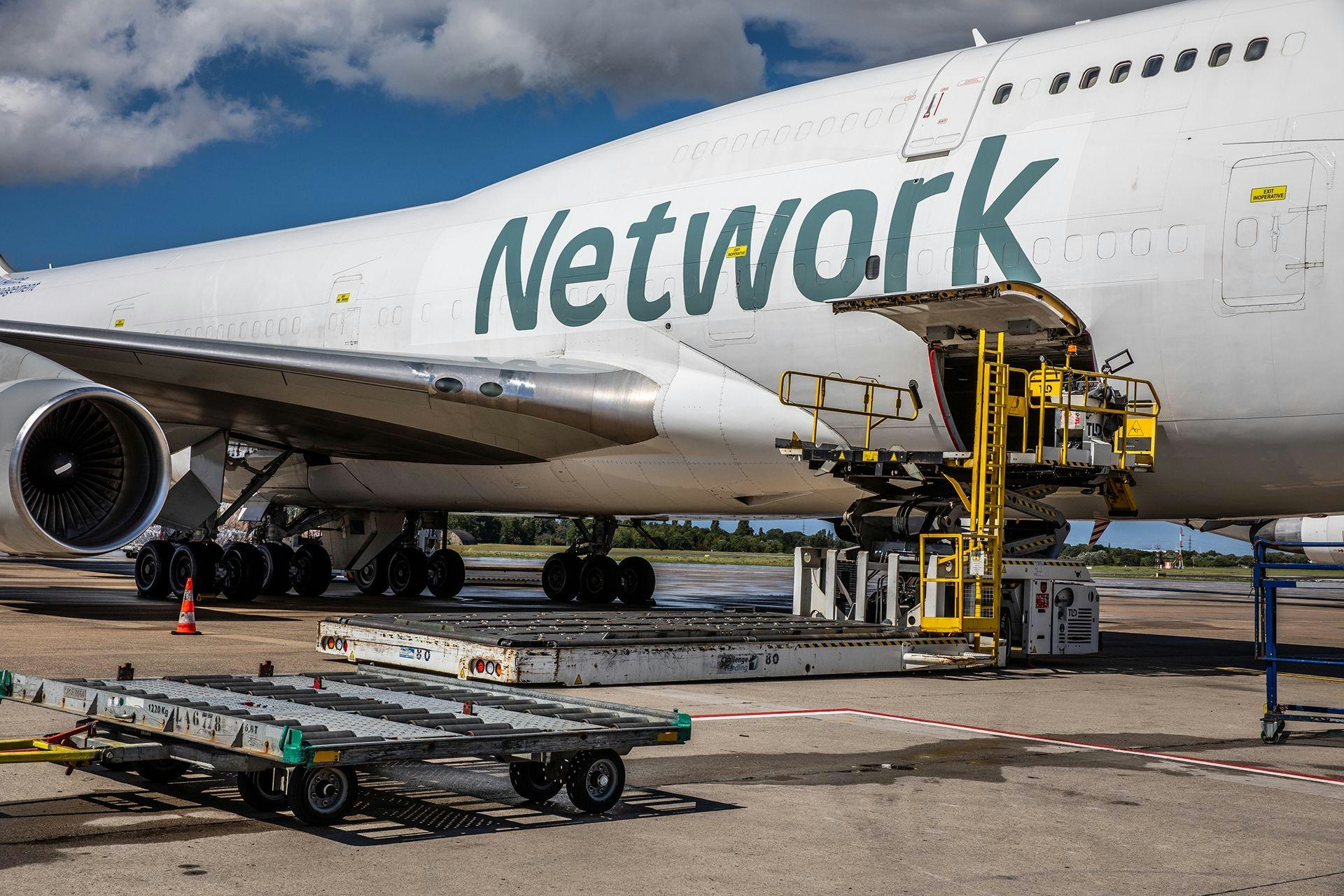
AeroGenie — Your Intelligent Copilot.
Trending
Categories
Comparing the CFM56 and LEAP Engines: Key Differences Explained
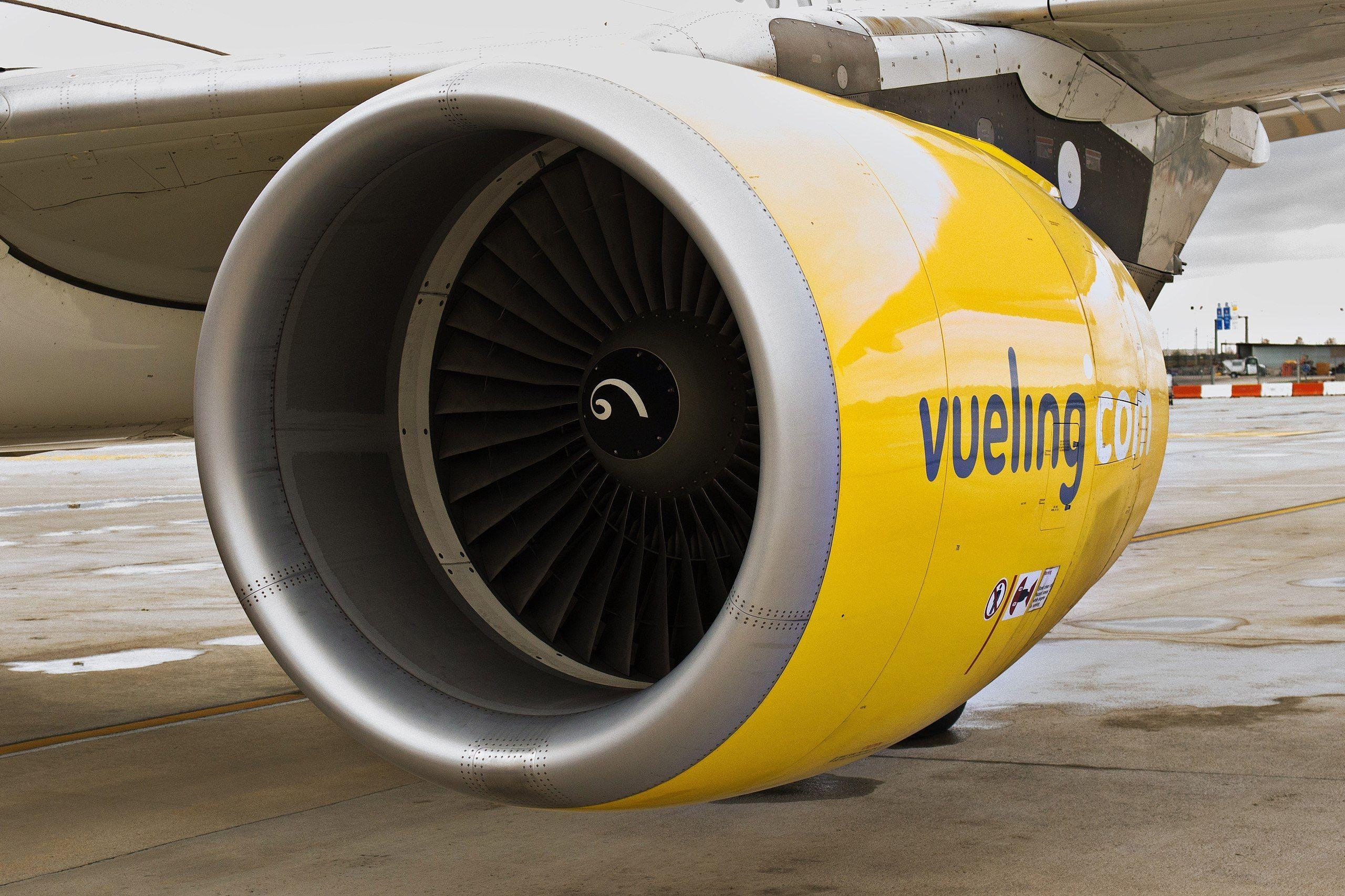
Comparing the CFM56 and LEAP Engines: Key Differences Explained
CFM International, a joint venture between GE Aerospace and Safran Aircraft Engines, has established itself as a dominant force in the commercial aircraft engine market. Founded in 1974 to develop the CFM56 turbofan, the company commanded a 39% share of the global market by 2020, surpassing competitors such as Rolls-Royce, Pratt & Whitney, and General Electric. The partnership between GE and Safran was renewed in 2021 and is set to continue through 2050, securing CFM International’s influential position in the industry for decades to come.
The CFM56: A Proven Industry Workhorse
The CFM56 engine family has become a foundational element of commercial aviation, powering thousands of aircraft worldwide. Its extensive installed base has solidified its dominance in the maintenance, repair, and overhaul (MRO) sector. Airlines continue to depend on the CFM56 for its proven reliability and the comprehensive support network that accompanies it, ensuring sustained demand despite the emergence of newer engine technologies.
The LEAP Engine: Advancing Performance and Efficiency
As the successor to the CFM56, the LEAP engine family represents a significant technological advancement in both performance and efficiency. Designed to meet the evolving demands of modern aviation, LEAP engines incorporate cutting-edge materials and engineering innovations. The fan blades, developed in collaboration with Albany Engineered Composites, are constructed from a woven carbon fiber mesh, rendering them thinner and stronger than previous designs. Additionally, the engine’s hot section employs Ceramic Matrix Composites (CMCs), which are lighter and more resistant to high temperatures, thereby enhancing overall efficiency.
The LEAP engine also features a higher bypass ratio, ranging from 40:1 to 50:1 at the top of climb, compared to the CFM56’s 37.4–38.3:1. This increased bypass ratio enables the engine to move a greater volume of air around the core, resulting in improved fuel efficiency and quieter operation—both critical factors in meeting contemporary environmental and noise regulations.
Technical Comparison
A comparison of the highest-performance models from each engine family underscores the technological progress embodied by the LEAP engine. The LEAP-1A boasts an overall pressure ratio of 40:1 (rising to 50:1 at climb), a maximum take-off thrust of 32,160 pounds-force (143.05 kN), and a fan diameter of 78 inches (198 cm). It weighs approximately 6,951 pounds (3,153 kg) when wet. In contrast, the CFM56-5C offers an overall pressure ratio between 37.4 and 38.3, maximum take-off thrust ranging from 31,200 to 34,000 pounds-force (138.78–151.24 kN), and a fan diameter of 68.3 inches (173 cm), with a dry weight of 5,830 pounds (2,644.4 kg). The LEAP’s higher pressure ratio and larger fan diameter contribute to its superior efficiency and thrust capabilities.
Market Dynamics and Future Outlook
While the LEAP engine is positioned as the future cornerstone of CFM International’s product line, it has encountered some initial reliability challenges typical of new engine technologies. Nevertheless, its adoption continues to expand as airlines prioritize improved fuel efficiency and reduced environmental impact. Meanwhile, the CFM56’s extensive installed base ensures its continued relevance in the MRO market, providing a steady demand for parts and servicing.
Together, the CFM56 and LEAP engines exemplify the evolution of commercial aviation propulsion: the CFM56 as a reliable and enduring workhorse, and the LEAP as a technologically advanced engine shaping the future of flight.

Etihad Airways Wins Over 25 Awards at 2025 Global Travel Ceremony
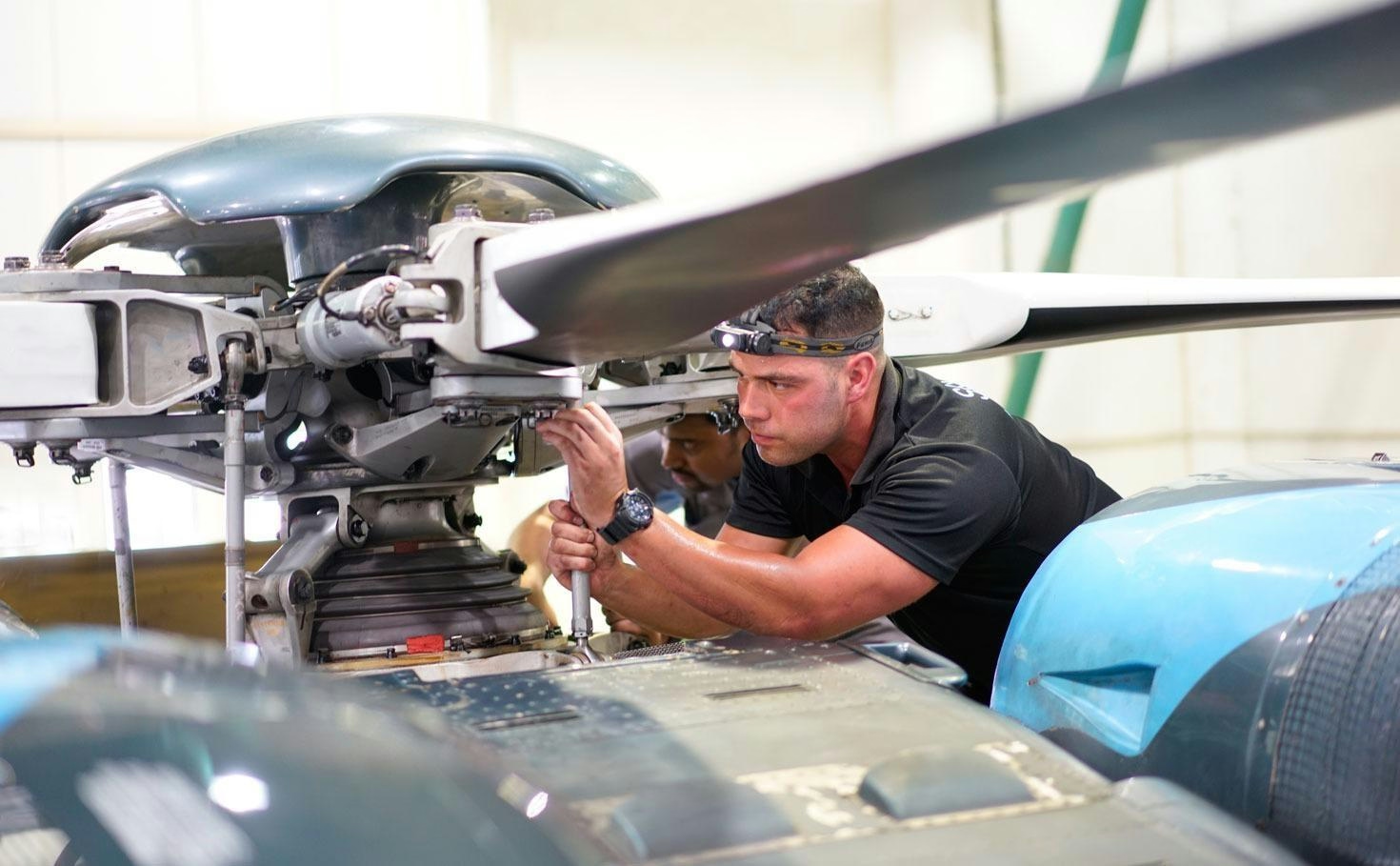
Companies Producing Diesel Airplane Engines Face Questions About Safety and Performance
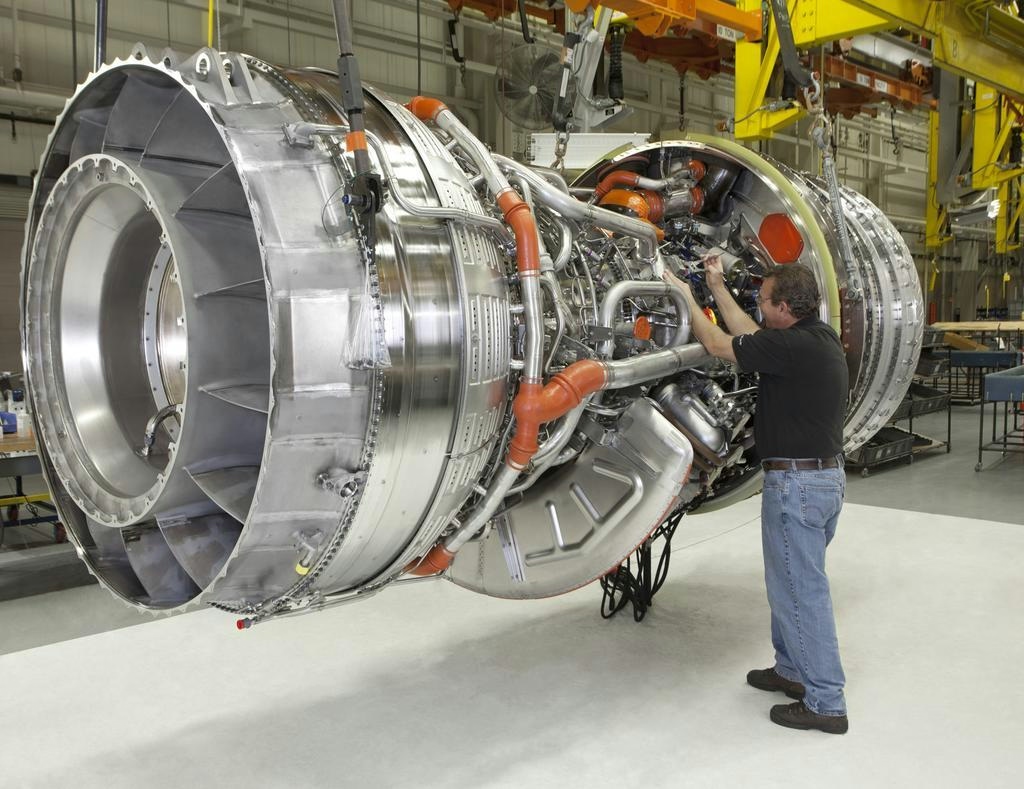
Explained: How GE Became a Jet Engine Manufacturer

Aviation Capital Group Delivers Boeing 737 MAX 8 to LOT Polish Airlines
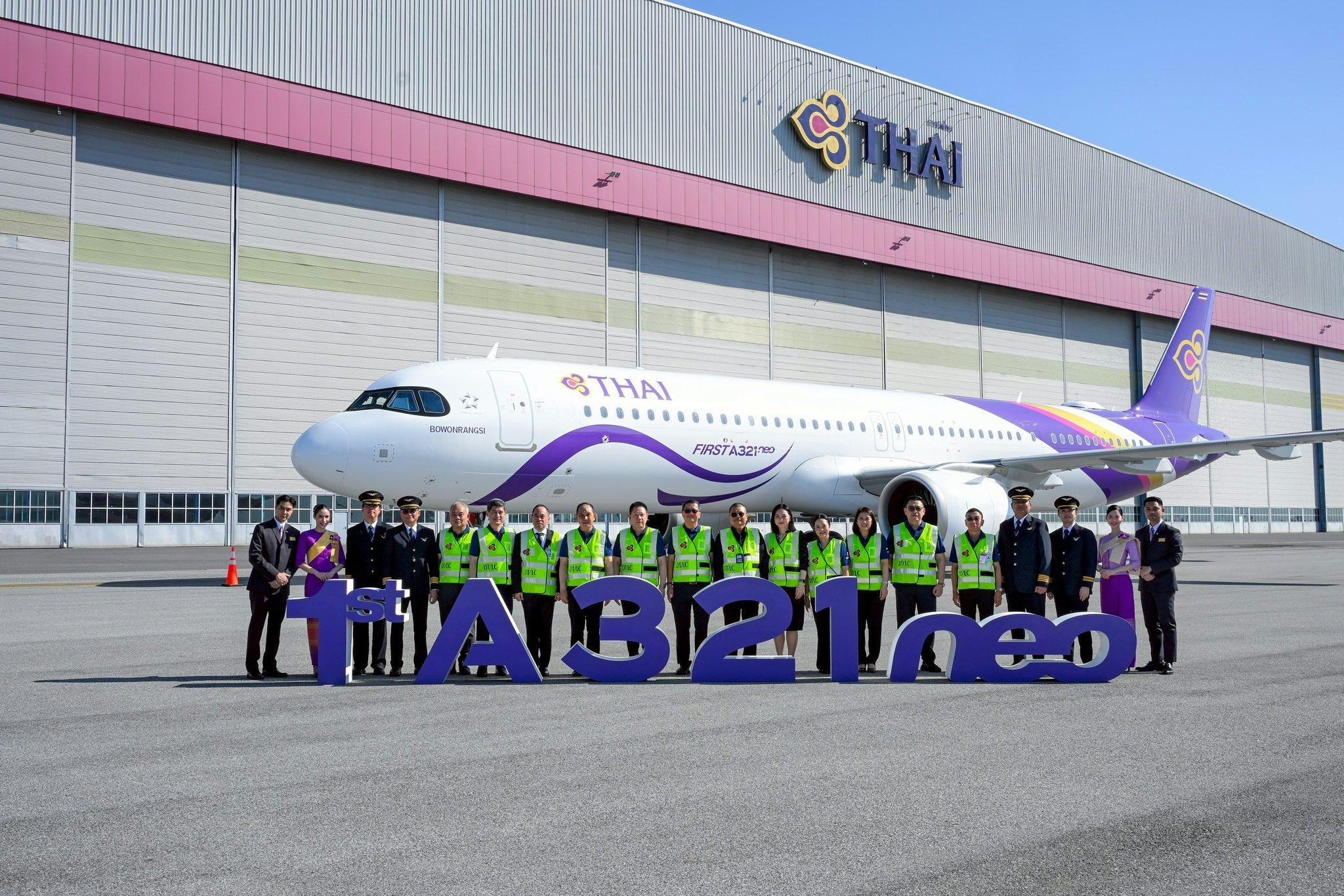
Thai Airways Receives First A321neo Aircraft
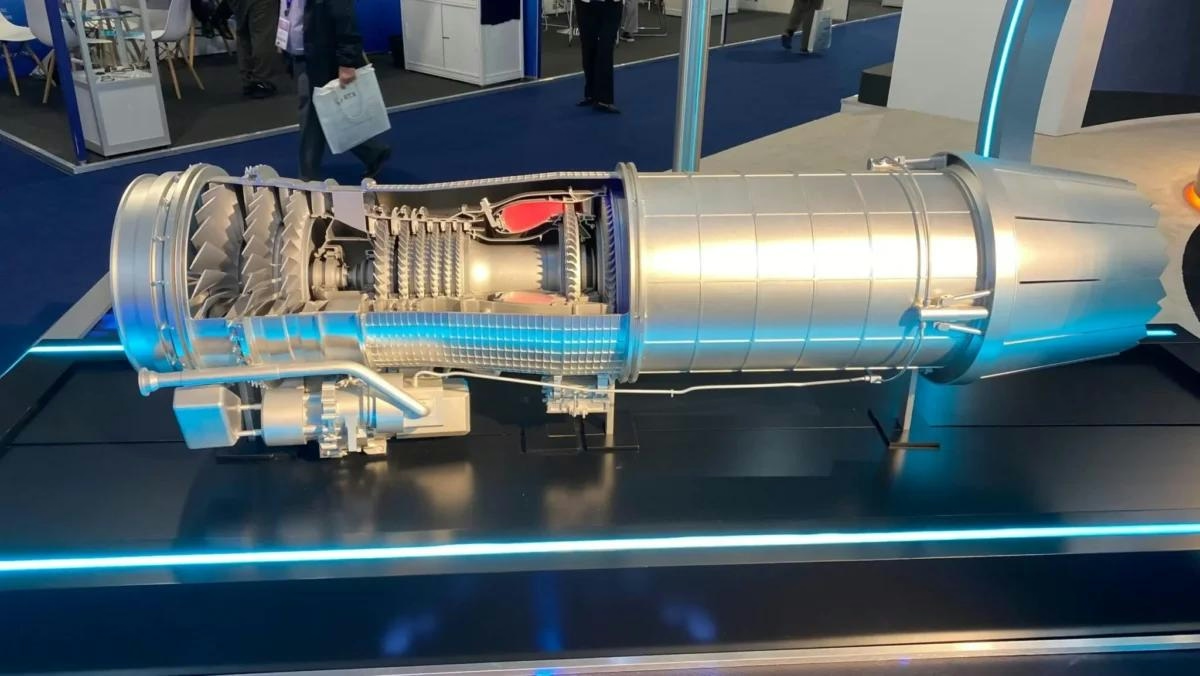
Seoul Invests 3.35 Trillion Won in New Fighter Jet Engine Development
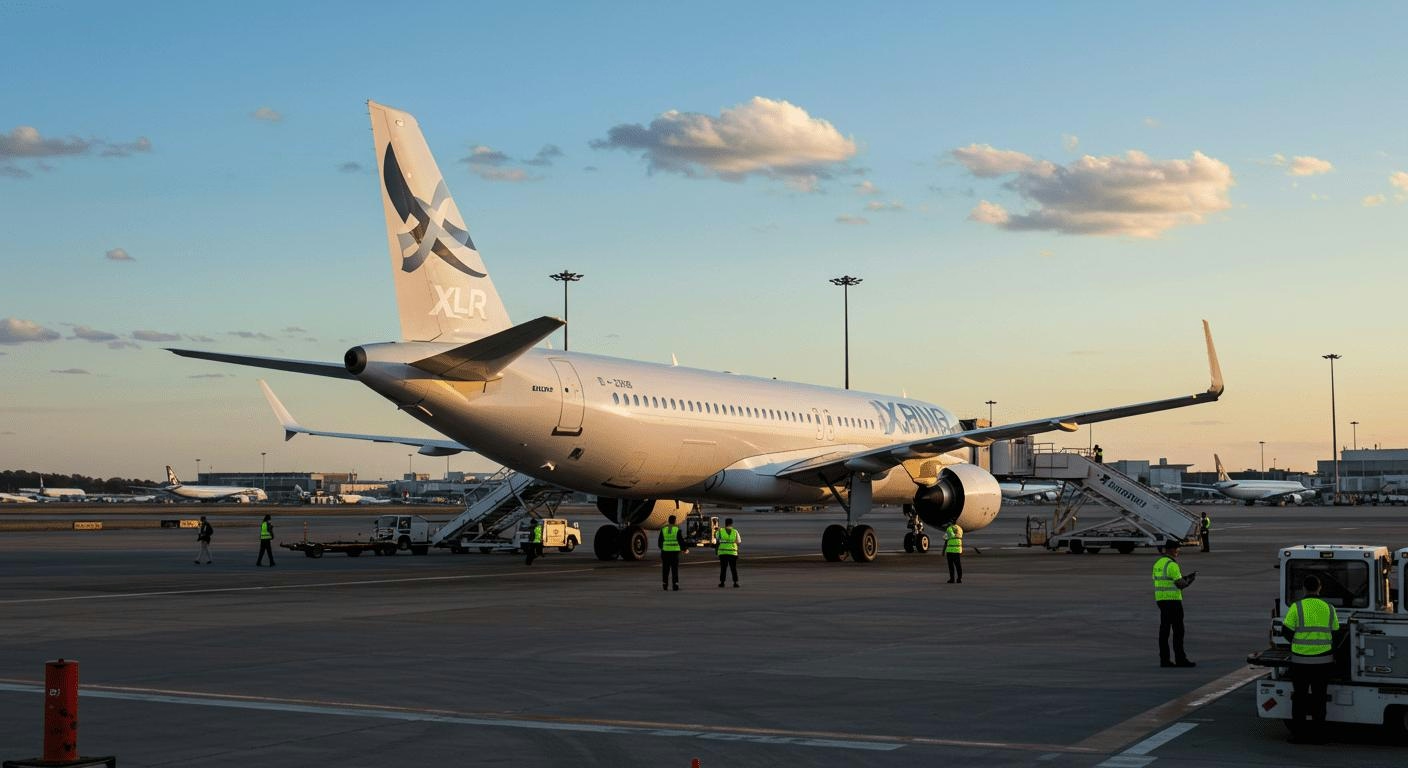
Can the A321XLR Replace Widebody Aircraft?

Airline Uses AI to Hold Flights for Passengers with Tight Connections
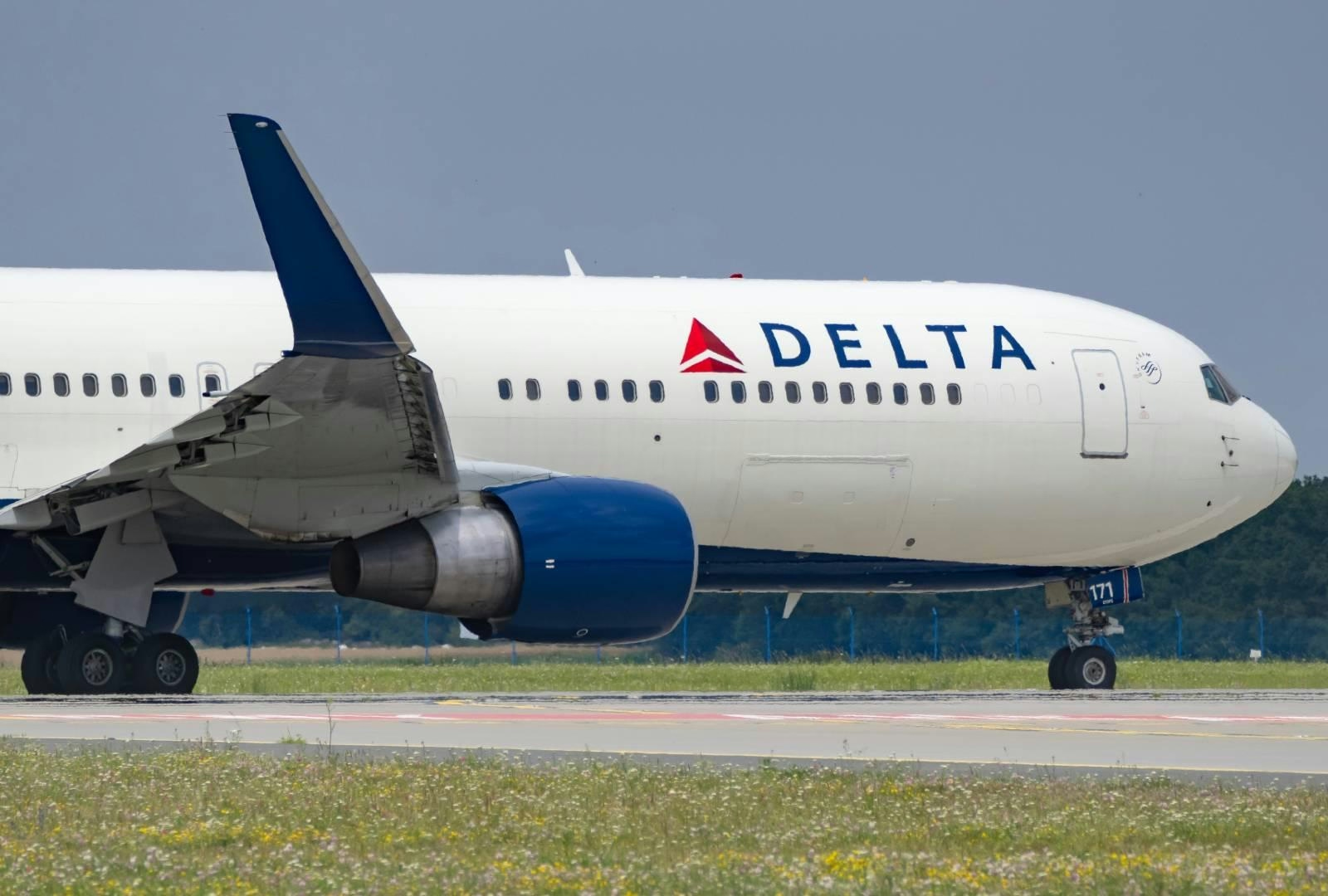
How Airlines Use AI to Set Flight Prices and What Consumers Can Do
